Penn State, FSU team develops low-cost, efficient layered heterostructure catalyst for water-splitting
Green Car Congress
JUNE 2, 2017
A team of scientists from Penn State and Florida State University have developed a lower cost and industrially scalable catalyst consisting of synthesized stacked graphene and W x Mo 1–x S 2 alloy phases that produces pure hydrogen through a low-energy water-splitting process.





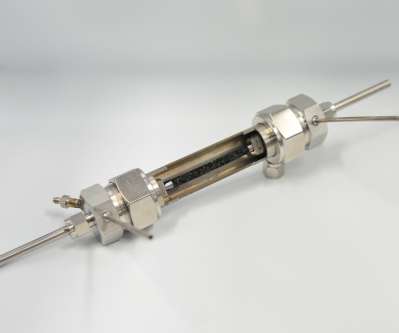






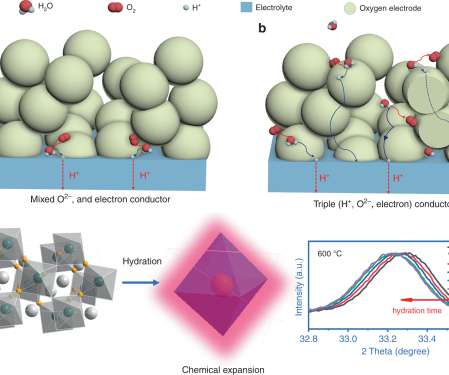






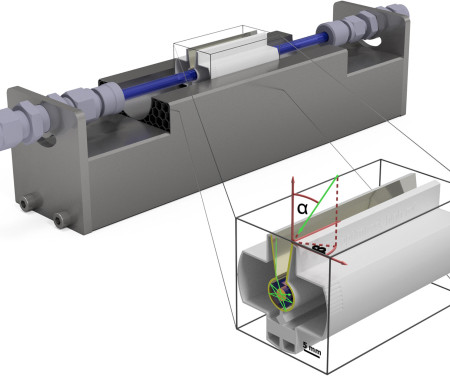





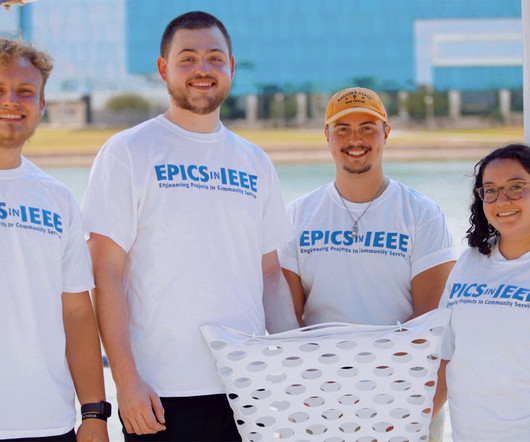





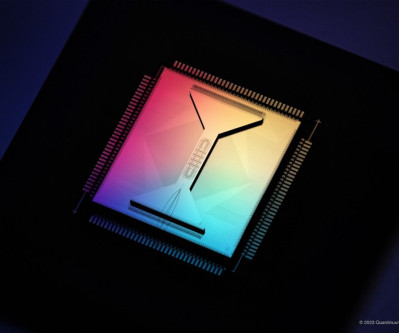
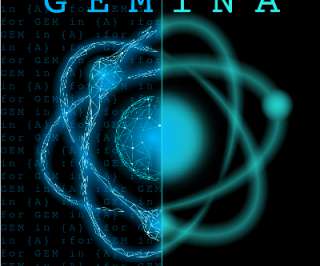








Let's personalize your content